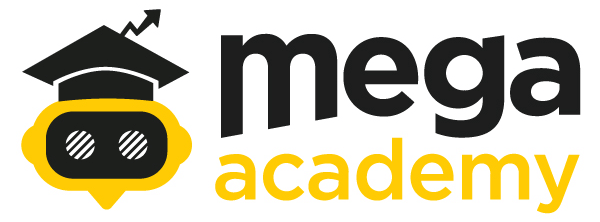
A very important topic, when talking about Bitcoin and that many people omit because they think it is very complex is Bitcoin mining, at MegaAcademy we always seek to explain these seemingly complicated topics in the best way, the truth is that Bitcoin mining has had its ups and downs over the years, and being one of the most important pillars within the Bitcoin infrastructure, it is also one of the most attacked, either by contamination when mining Bitcoin, or bylaws that prohibit mining of bitcoins in some territory.
Within the Bitcoin Blockchain protocol, there is an important pillar that is made up of bitcoin miners. Their job is to verify the transactions made by Bitcoin users, the mining work allows direct verification that fake bitcoins are not being entered or that someone makes a double expense, that is to say, that they make two payments with the same currency.
We already mentioned that the miners are in charge of creating new bitcoins through transaction verification, but really, how are those Bitcoins Mined? The word “mining” is a simple expression, it would be like deciphering.
In Bitcoin’ Blockchain, some parties are called Miners. Who also function as nodes of the Bitcoin network. Every time a user makes a Bitcoin transaction, a Block is created, which has limited space; nowadays, the capacity of a block is 4 MB in theory, but it is more common to see 2 Mb blocks. Once this new block is filled, is where the miners come in, according to the Bitcoin protocol, the miners, through specialized computing equipment such as ASICs or some GPUs, solve a complex computer problem to find the hash that allows to include the new block in the blockchain, after it, the system rewards a miner with new bitcoins, currently, that reward is 6.25 BTC per added block.
Besides, carried out by these specialized machines consumes large amounts of energy. This is why it is common to find groups of miners working together (mining pool) pooling their computing power to have more chances of getting the reward for including a block to the blockchain. Because of this amount of energy consumption, Bitcoin mining has detractors and critics of its activity.
As we mentioned before, one of the miner’s rewards is the creation of new blocks and adding them to the blockchain. Giving them new bitcoins as a reward; to be exact today, 6.25 BTC per block, but not only a miner receives bitcoins by this means, when a user carries out a transaction in the Bitcoin network, charging a commission for the use of the network, this commission, in theory, is not fixed and is directly related to the Hash Rate, which is what regulates the difficulty of mining, the more saturated the network is, the more expensive the commissions are, these commissions paid by the users who carry out the transactions are directed to the miners and are granted to the miner or miners who manage to solve the mathematical problem and include the block on the blockchain.
Throughout the history of Bitcoin, the installation and start-up of Bitcoin mining processes have always been a bit complex. Since very technical knowledge and specific technological equipment are required to carry out the mining operation or mined.
The cost of mining bitcoins depends a lot on the country where the mining operation is being carried out. Still, currently, it is costly for the mining processes independent, which is why mining pools, where power is concentrated, are becoming more and more popular. computation of a group of miners in a single node, this being a very profitable way to participate in the mining process.
This is because although Bitcoin could be mined through GPU graphics equipment, due to the increase in the Hash rate or the difficulty of mining, more powerful mining equipment such as ASIC mining equipment has been required.

Have a spectacular day!

MegaAcademy is developed by CCoins. Copyright ©2023 CCoins Lab. All Rights Reserved.

| Total |
0
|
| Coupon | |
| Descuento |
0$ USD |

